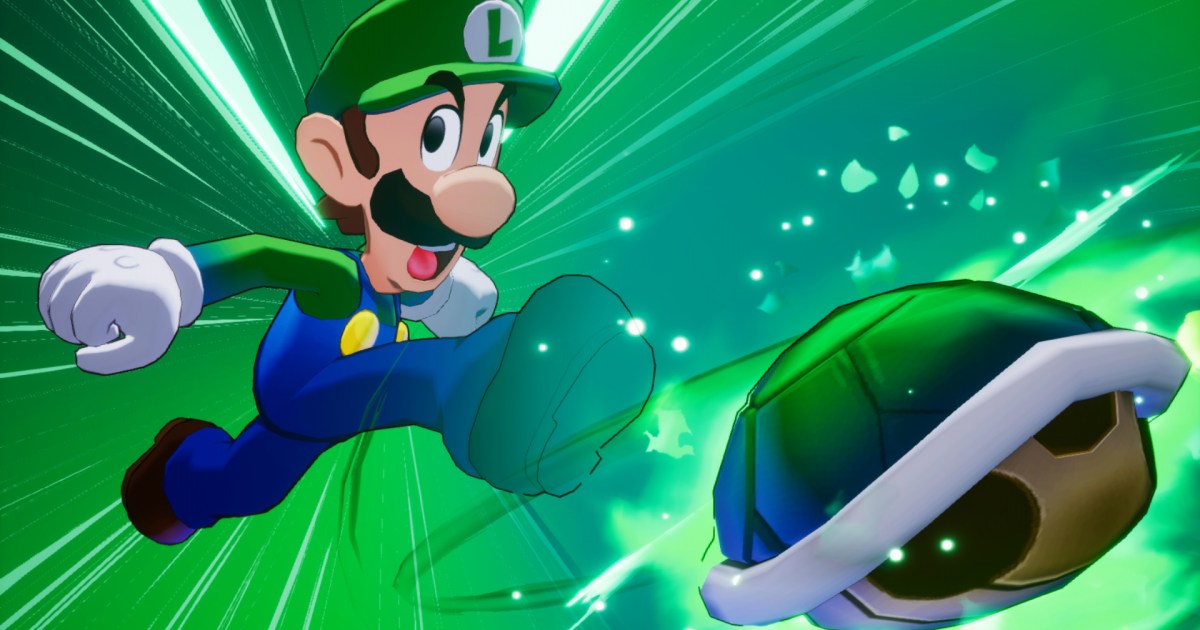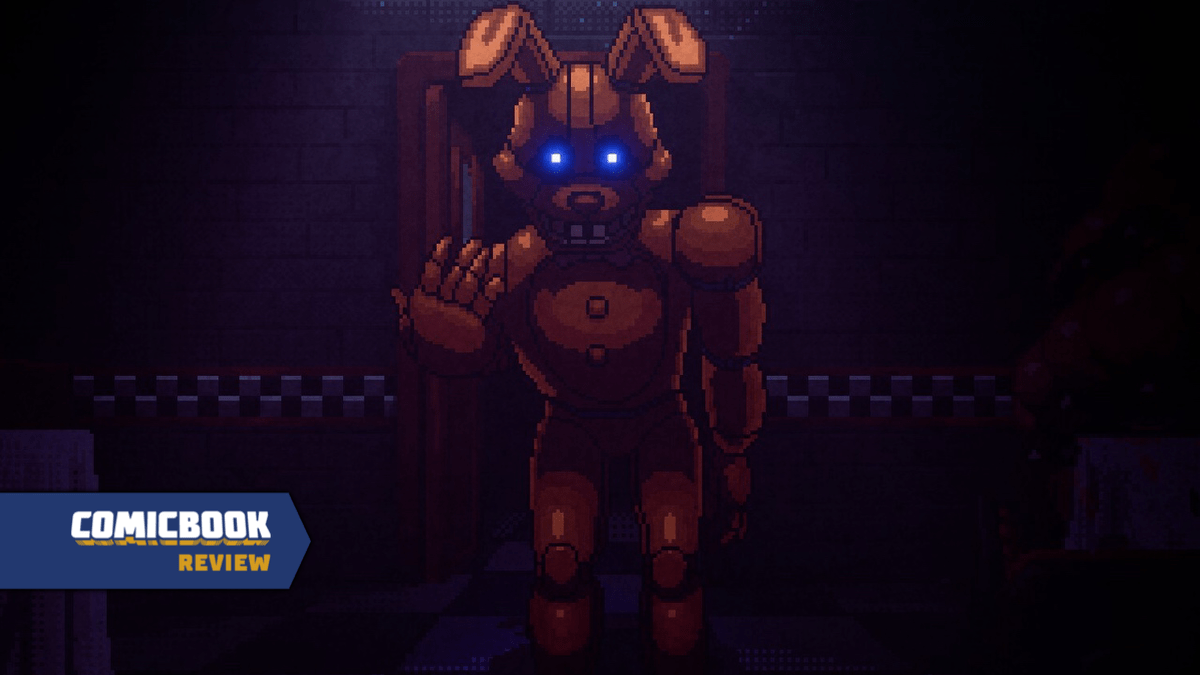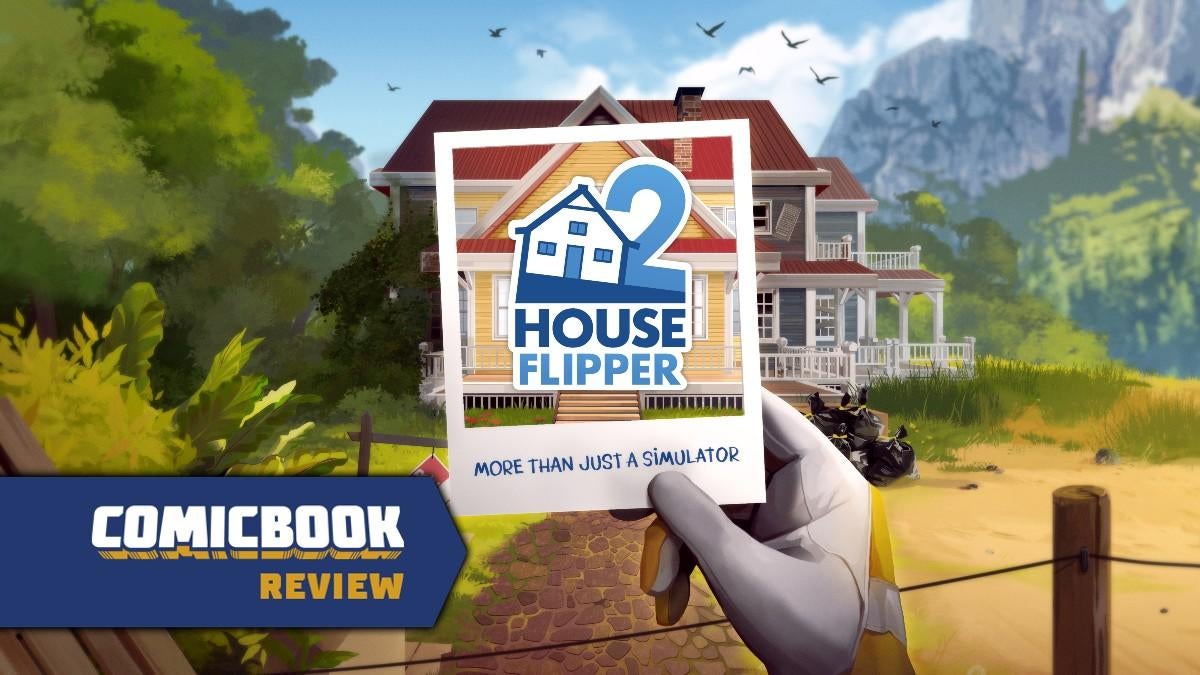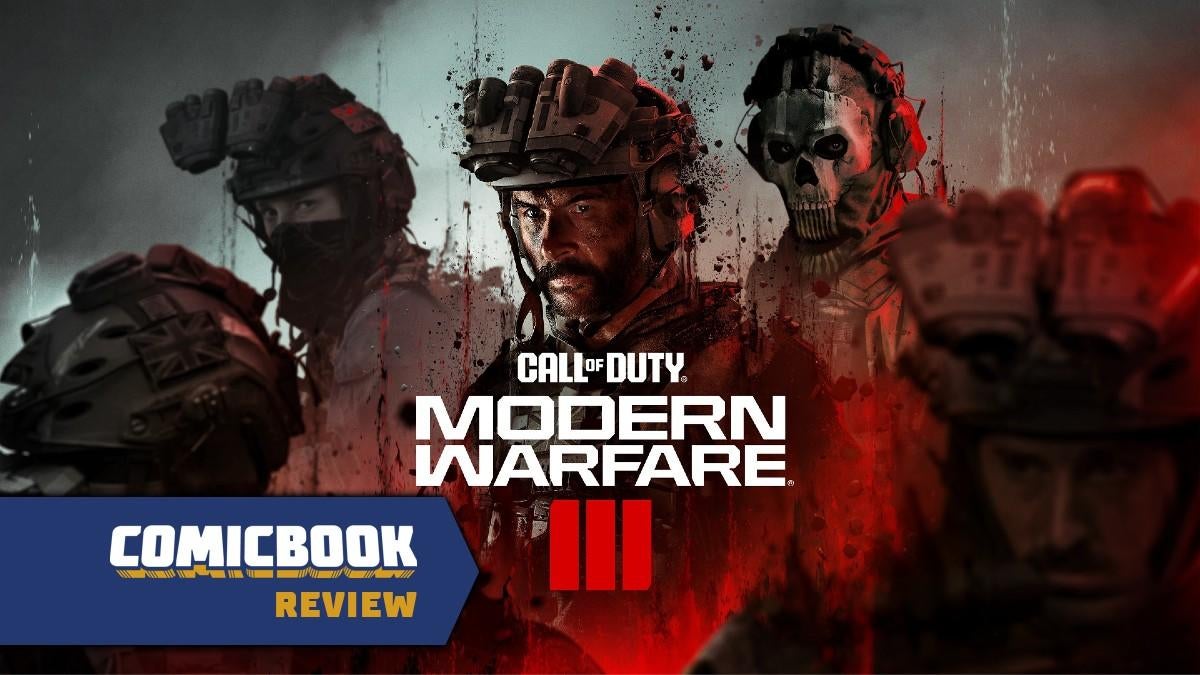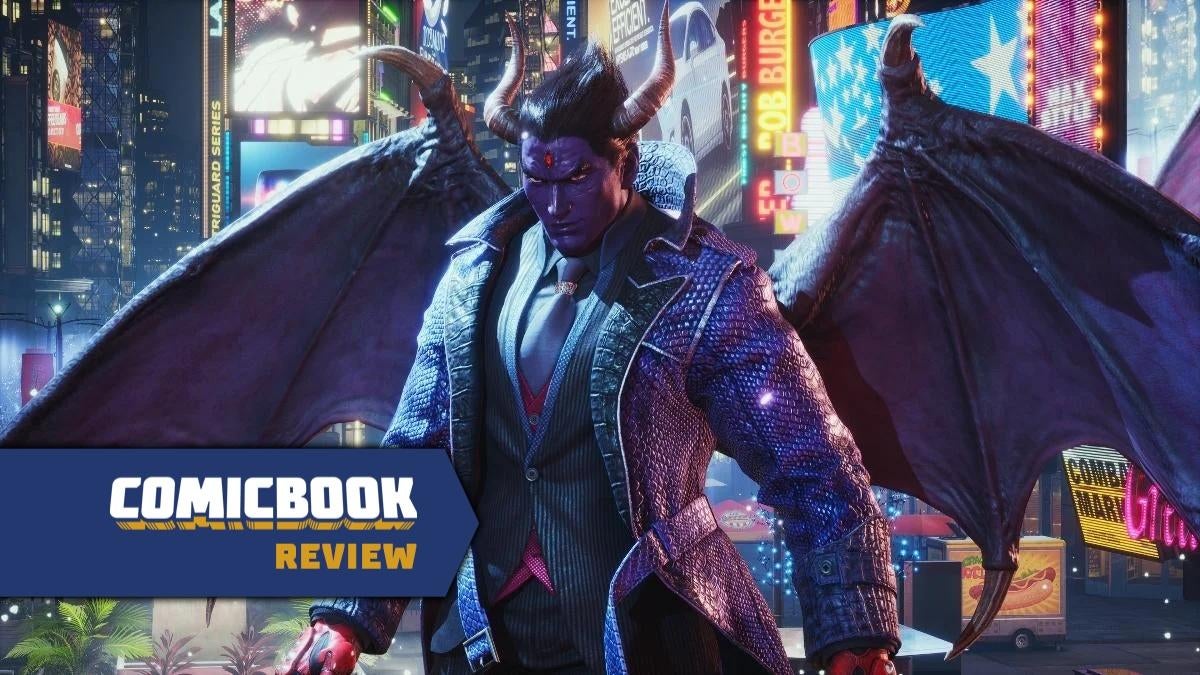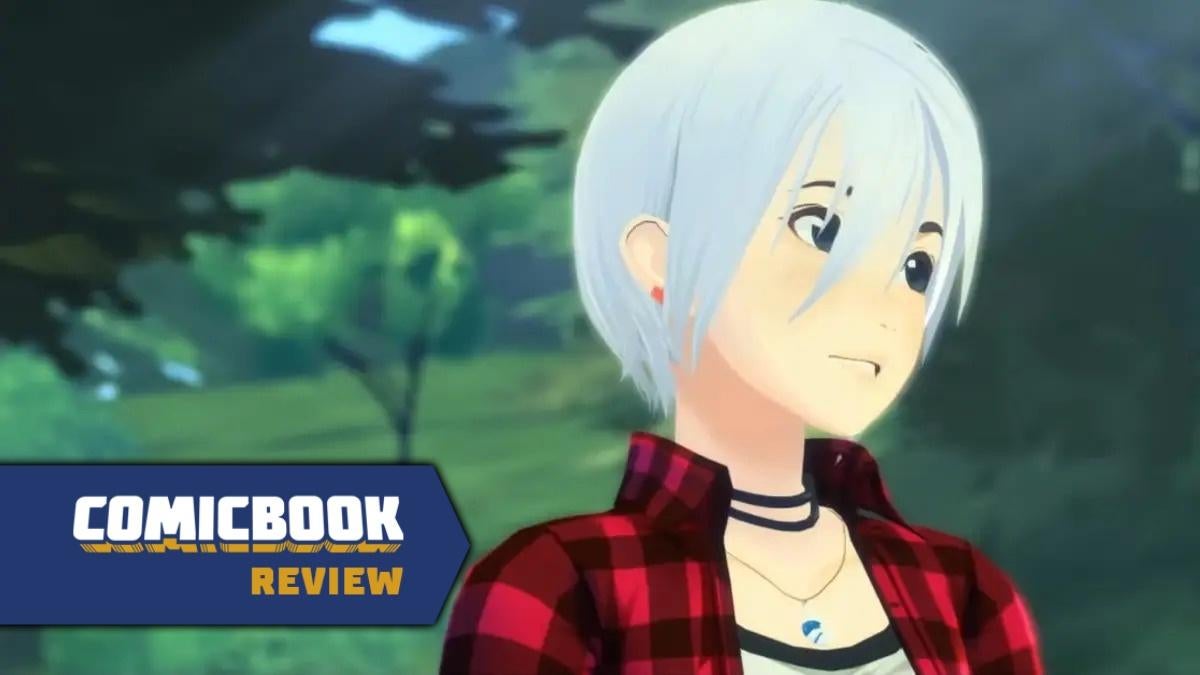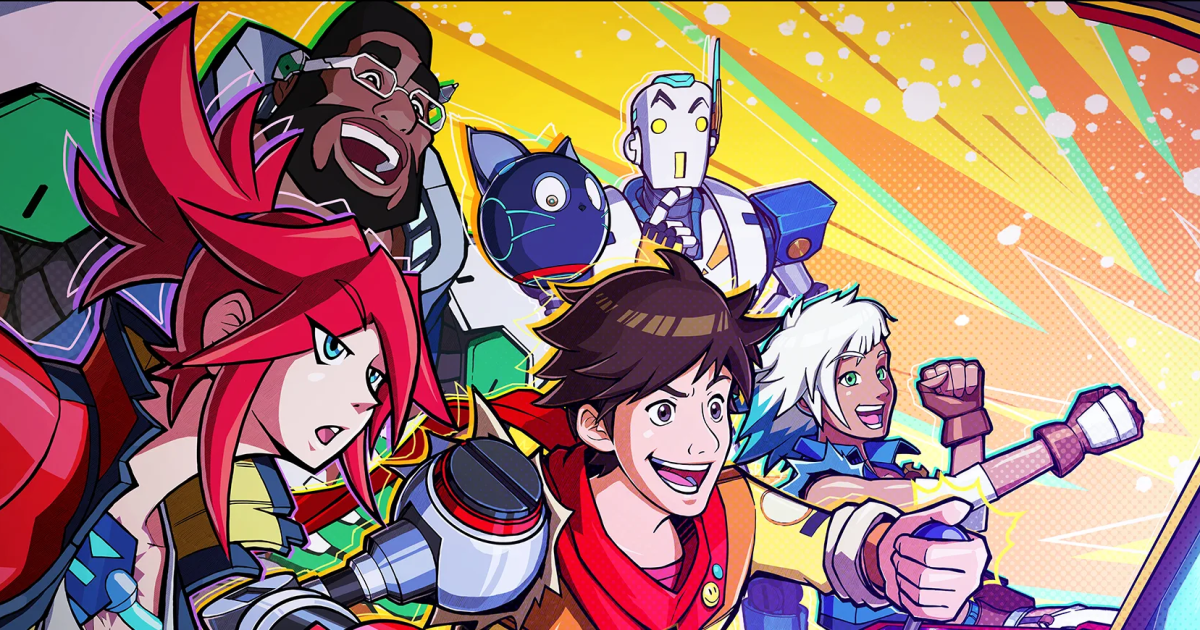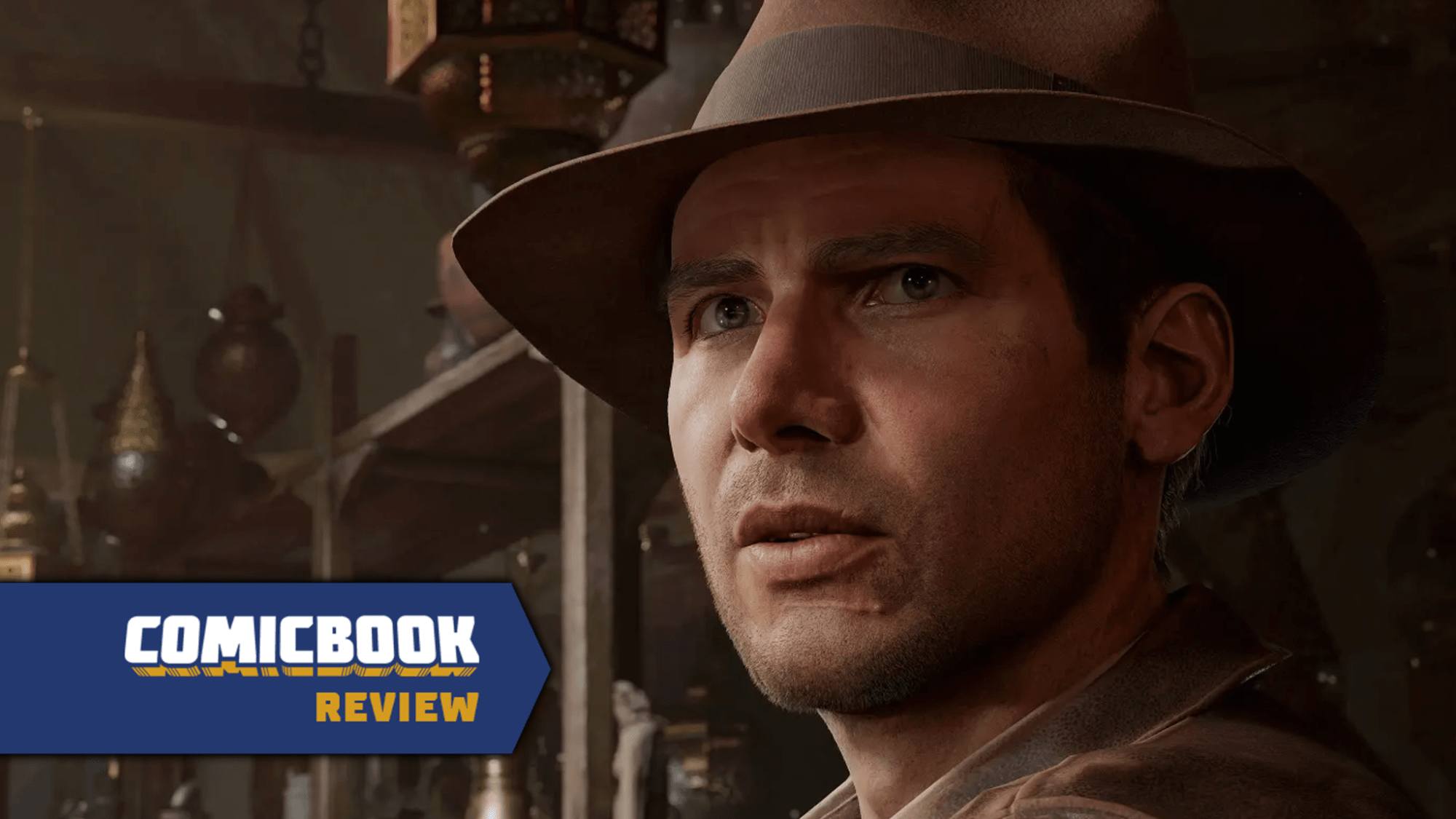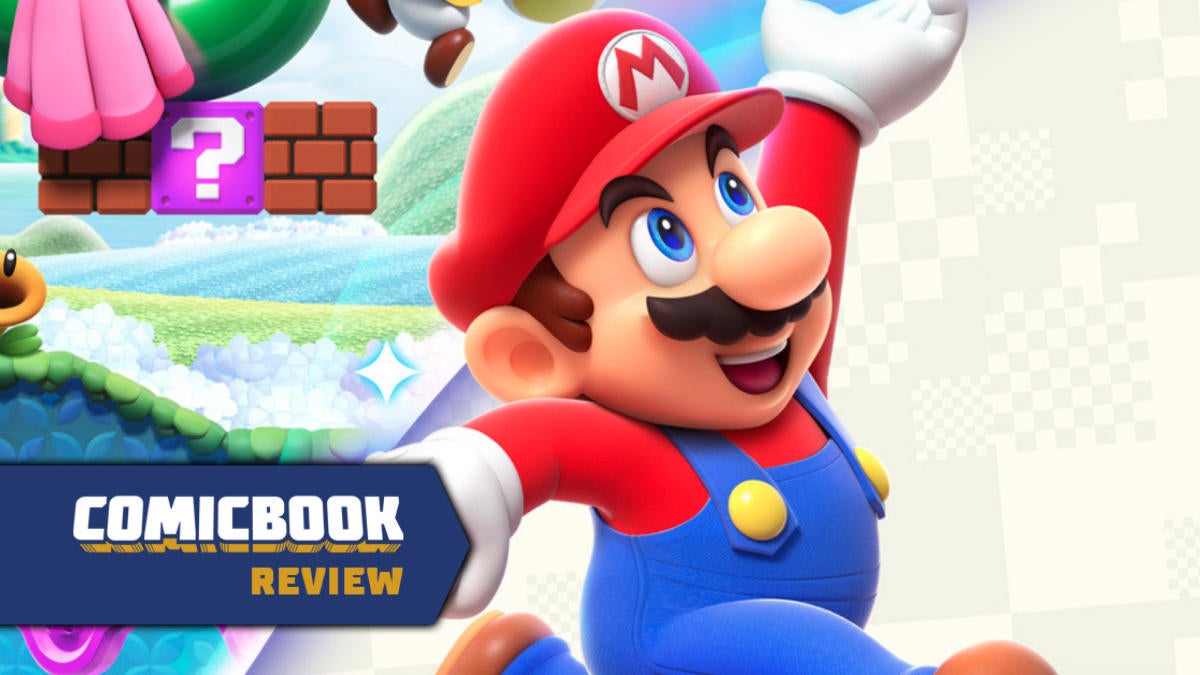Earlier this year, replaying Paper Mario: The Thousand-Year Door after two decades reignited my love for its elegant battle system, witty humor, and surprisingly nuanced characters. This experience highlighted the stark contrast with Mario & Luigi: Brothership, the latest installment in the beloved RPG series. While Brothership boasts a colorful world, innovative combat mechanics, and a timely narrative touching on social commentary, it struggles to capture the same magic. Repetitive battles, tedious minigames, and a meandering story leave a sense of disconnect, raising the question: has the series lost its way, or have I simply outgrown it?
The return to The Thousand-Year Door suggests the former, as Brothership feels like a departure from the series’ core strengths. Despite some creative additions, the game ultimately gets bogged down by dull gimmicks and a lack of the clever writing that once defined the Mario & Luigi RPGs.
A Kingdom Divided, A Game Disjointed
Mario & Luigi: Brothership expands the familiar formula, whisking the brothers away to Concordia, a fractured kingdom split into various islands. Their mission is to reunite the plug-headed inhabitants by physically reconnecting the islands using a living ship. This structure lends itself well to the Switch’s hybrid nature, offering bite-sized gameplay segments. Each island presents a self-contained story, from helping a dancer with their hair to mediating a Romeo and Juliet-esque romance between warring factions. However, these episodic narratives often feel disjointed, delaying the wider narrative’s cohesion and leading to pacing issues.
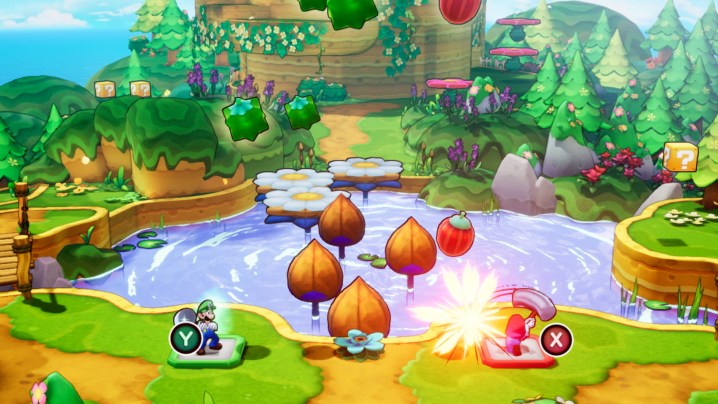 Mario and Luigi hit flower buds with hammers in Mario & Luigi: Brothership.Mario and Luigi engage in combat amidst the vibrant landscapes of Concordia.
Mario and Luigi hit flower buds with hammers in Mario & Luigi: Brothership.Mario and Luigi engage in combat amidst the vibrant landscapes of Concordia.
The 45-hour adventure feels unnecessarily padded with tutorials, exposition dumps, and frustrating minigames. While Shipshape Island, the mobile hub world, offers a clever way to manage travel and side quests, it’s ultimately undermined by a fast-travel option. Furthermore, the Switch struggles to keep pace with the game’s ambition, experiencing noticeable frame rate drops, especially in populated areas like Shipshape Island, hinting at potential hardware limitations.
A Visual Overhaul with Mixed Results
Brothership adopts a striking cartoonish art style, further leaning into the series’ recent visual evolution. While the expressive animations, particularly during special Bros. Attacks, are a delight, the static visuals suffer from splotchy textures and jagged lines, making the game appear older than it is. The demanding visuals also contribute to the performance issues mentioned earlier.
Battle Innovation Meets Repetitive Execution
Combat retains the core mechanics of previous entries, requiring timed button presses for attacks and dodges. However, the unchanging attack animations, even with different gear, quickly become repetitive. This missed opportunity to capitalize on the expressive animation style dampens the excitement of battles, which are further prolonged by the lengthy animations themselves.
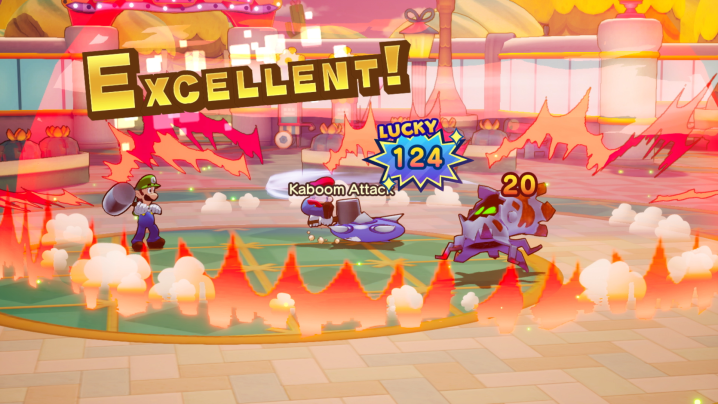 Mario performs a Kaboom attack in Mario & Luigi: Brothership.Mario unleashes a powerful Bros. Attack, a visual highlight of the combat system.
Mario performs a Kaboom attack in Mario & Luigi: Brothership.Mario unleashes a powerful Bros. Attack, a visual highlight of the combat system.
The innovative Battle Plug system injects some much-needed strategic depth. These equippable plugs grant passive effects, from enhancing defense to boosting healing items. Managing plug combinations and their limited lifespan adds a layer of tactical decision-making, making even basic attacks feel more impactful. This system synergizes well with the deeper RPG mechanics, allowing for character customization and gear experimentation. However, the limited plug synergies and the cumbersome menu navigation during battles detract from the overall experience.
Lost in Translation: A Story of Missed Opportunities
Despite a promising premise exploring themes of social division and the isolating effects of technology, Brothership‘s writing falls flat. The humor lacks the wit and charm of previous entries, with the inhabitants of Concordia feeling more like quest markers than fleshed-out characters. The narrative also suffers from a lack of cohesion, jumping between disparate themes and plot points without a clear unifying thread.
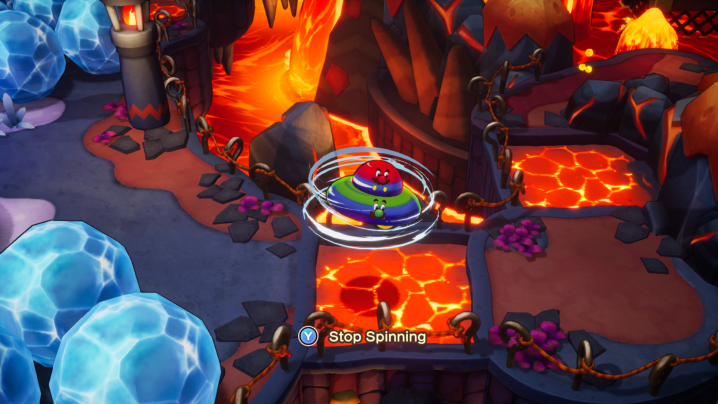 Mario and Luigi become a UFO in Mario & Luigi: Brothership.Mario and Luigi utilize a unique traversal ability, transforming into a UFO.
Mario and Luigi become a UFO in Mario & Luigi: Brothership.Mario and Luigi utilize a unique traversal ability, transforming into a UFO.
This disjointedness extends to the gameplay, with a plethora of minigames and platforming sections that feel more like distractions than enriching additions. The return of Luigi Logic, a deus ex machina mechanic from Dream Team, feels out of place in this context, further contributing to the sense of narrative and gameplay fragmentation.
A Series at a Crossroads
Mario & Luigi: Brothership is not a bad game, but it’s a middling entry that highlights a concerning trend in the Mario RPG series. The overreliance on gimmicks at the expense of strong writing and cohesive gameplay continues to dilute the series’ strengths. While the innovative Battle Plug system offers a glimpse of potential, Brothership ultimately feels like a missed opportunity to recapture the magic of its predecessors.
Mario & Luigi: Brothership was tested on a Nintendo Switch OLED.



